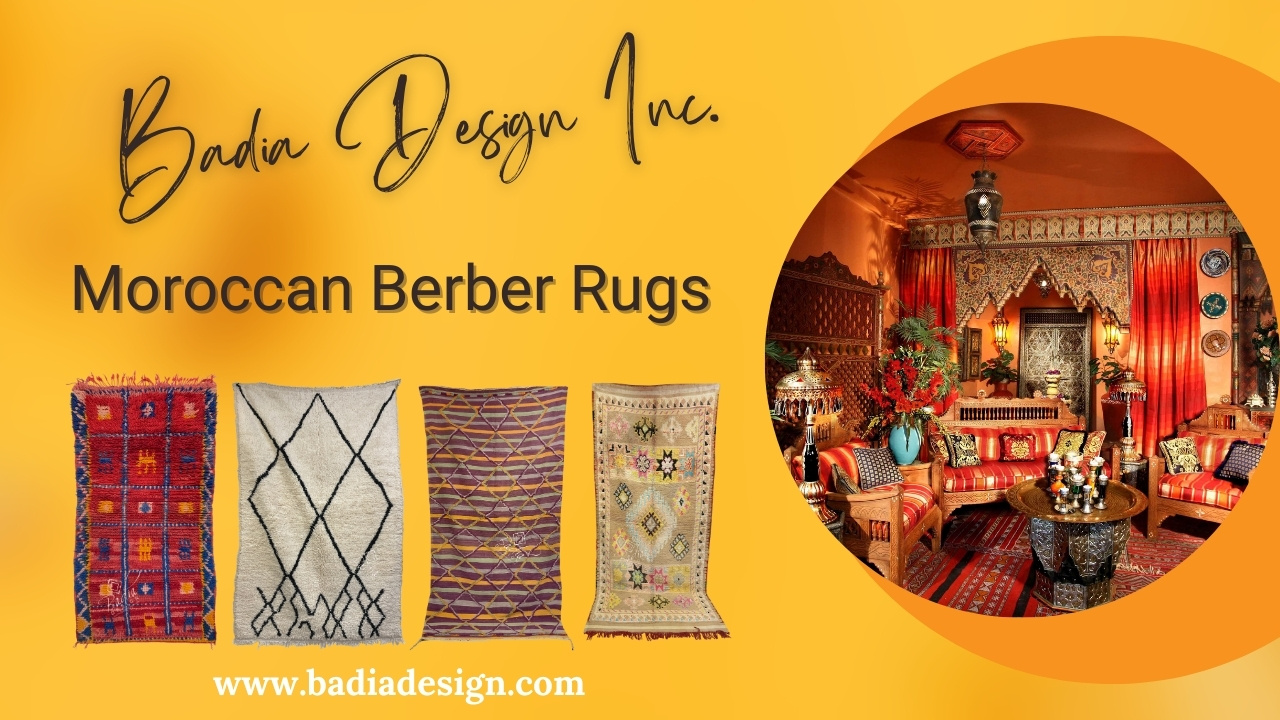Moroccan Berber Rugs: A Fusion of History, Artistry, and Timeless Elegance
Moroccan Berber Rugs have captivated homeowners and organizations worldwide with their storied past, exquisite craftsmanship, and unmatched versatility. Whether you are furnishing a comfortable living room, a modern office space, or a upscale resort, these rugs serve as more than just functional items—they are pieces of art with a story to tell. In this article, we’ll explore the fascinating history of Moroccan Berber rugs, the meticulous craftsmanship behind their creation, their renowned durability, and practical tips for styling them in modern spaces.
The origins of Moroccan Berber rugs can be traced back millennia to the indigenous communities of North Africa. These indigenous groups, with their deeply rooted traditions, crafted unique weaving methods to meet the demands of their nomadic lifestyles and diverse climates.
Each Berber rug tells a story, often woven into the fabric unique to the tribe or family that created it. These symbols frequently represent protection, fertility, or the natural environment, making each rug a highly meaningful creation. Historically, these rugs were made for practical use, offering warmth in the cold Atlas Mountains or serving as bedding in arid environments.
In the mid-20th century, Moroccan Berber rugs gained international acclaim when prominent designers like Le Corbusier and Frank Lloyd Wright featured them in their iconic designs. Now, these rugs are prized for their beauty and rich tradition.
The production of Moroccan Berber rugs is an intricate process passed on through generations. This craftsmanship embodies a deep connection to heritage and creativity.
These rugs are made from high-quality natural fibers, valued for their durability and softness. Wool stands out for being both durable and cozy, as well as for its natural warmth. The wool is usually spun by hand, resulting in a one-of-a-kind finish.
Weaving these rugs is a time-intensive process, requiring weeks or months on traditional looms. The knotting more info style, from Beni Ourain’s plush textures to Azilal’s tighter weaves, dictates its overall quality and appeal.
Natural dyes derived from plants, minerals, and insects are used to create the vibrant colors found in many Berber rugs. Earthy tones such as beige, cream, and brown are common in Beni Ourain rugs, while Azilal and Boucherouite rugs showcase bolder colors like reds, blues, and yellows.
The longevity of these rugs is one of their standout qualities. This makes them a smart choice for both homes and commercial spaces.
The use of high-quality natural fibers ensures that Berber rugs retain their integrity over years of use. Wool’s elasticity and stain resistance contribute to their durability.
Taking care of these rugs is straightforward. Regular vacuuming, spot cleaning with mild detergent, and occasional professional cleaning will keep them looking pristine for years.
How to Decorate with Moroccan Berber Rugs
Adding Moroccan Berber rugs to modern spaces is simpler than it seems. These rugs' adaptability allows them to suit various aesthetics, including minimalist and bohemian styles.
1. Anchor a Living Room
Use a large Beni Ourain rug as the centerpiece of your living room. The rug’s muted tones and clean lines bring cohesion to the space and exude coziness.
2. Add Color to Neutral Spaces
If your space leans toward a monochromatic or minimalist aesthetic, a vibrant Azilal or Boucherouite rug can introduce a pop of color and visual interest. They are ideal for subdued settings, acting as the central highlight.
3. Combine Rugs for Depth and Style
To create a warm, layered look, place a smaller Berber rug atop a larger rug made from natural fibers like jute or sisal. This combination not only adds depth and texture but also highlights the intricate details of the Berber design.
4. Enhance Workspace Aesthetics
Businesses can use Moroccan Berber rugs to create an inviting and sophisticated ambiance in office spaces, lounges, or reception areas. The artisanal craftsmanship of these rugs radiates authenticity and refinement.
5. Use as Wall Art
Certain Moroccan Berber rugs are so beautiful that they function wonderfully as wall art. Displaying a Berber rug on a wall highlights its intricate design and cultural significance.
Why Moroccan Berber Rugs Are a Wise Investment
For both homeowners and businesses, Moroccan Berber rugs represent a blend of practicality, aesthetics, and cultural significance. These rugs are built to last, and their classic designs remain relevant despite evolving decor trends.
Sustainability and Ethical Production
Berber rugs are often made with environmentally responsible and sustainable techniques. By investing in these rugs, you’re not only enhancing your space but also supporting traditional artisans and their communities.
The Appreciating Worth of Moroccan Berber Rugs
Vintage or unique Moroccan Berber rugs tend to grow in worth over the years. They are both functional decor and collectible assets.
